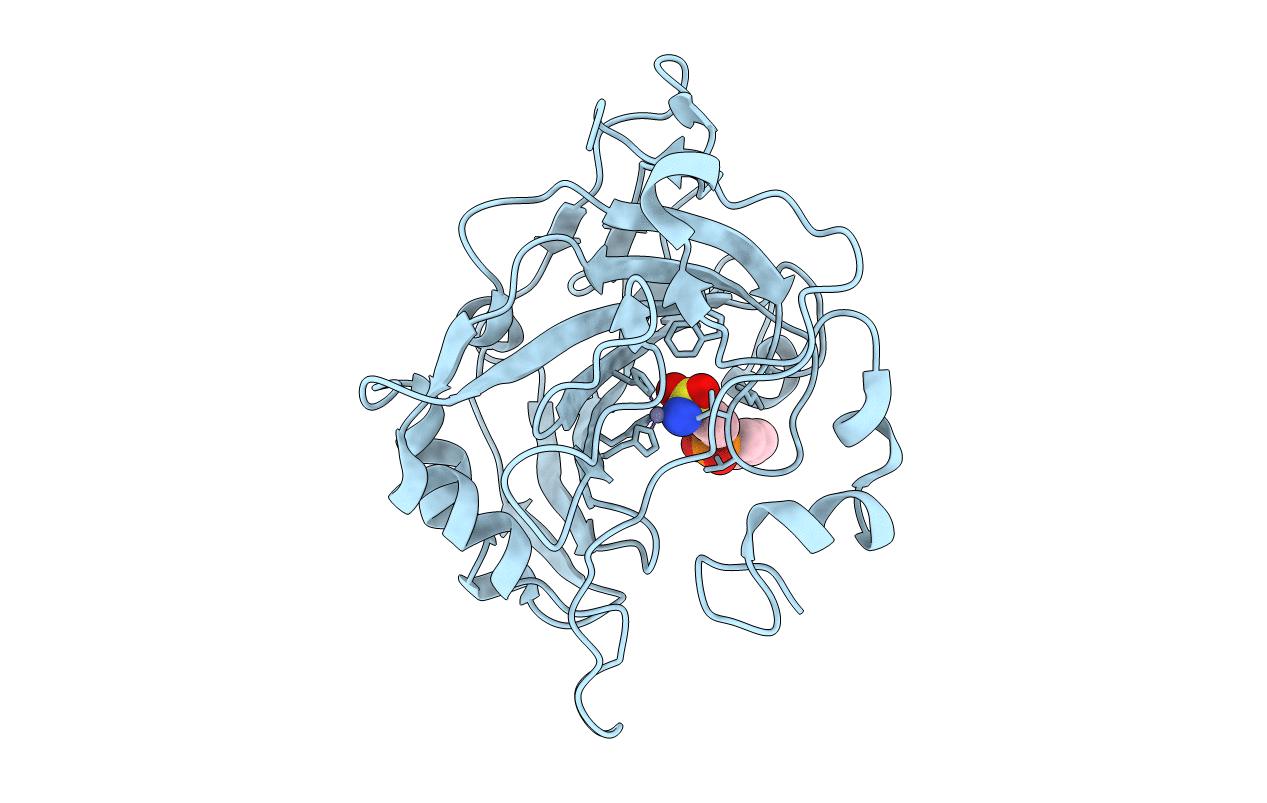
Deposition Date
2019-07-29
Release Date
2020-06-10
Last Version Date
2024-10-16
Entry Detail
PDB ID:
6SDT
Keywords:
Title:
HUMAN CARBONIC ANHYDRASE VII IN COMPLEX WITH A SULFONAMIDE INHIBITOR
Biological Source:
Source Organism:
Homo sapiens (Taxon ID: 9606)
Host Organism:
Method Details:
Experimental Method:
Resolution:
1.94 Å
R-Value Free:
0.22
R-Value Work:
0.18
R-Value Observed:
0.18
Space Group:
P 21 21 2


